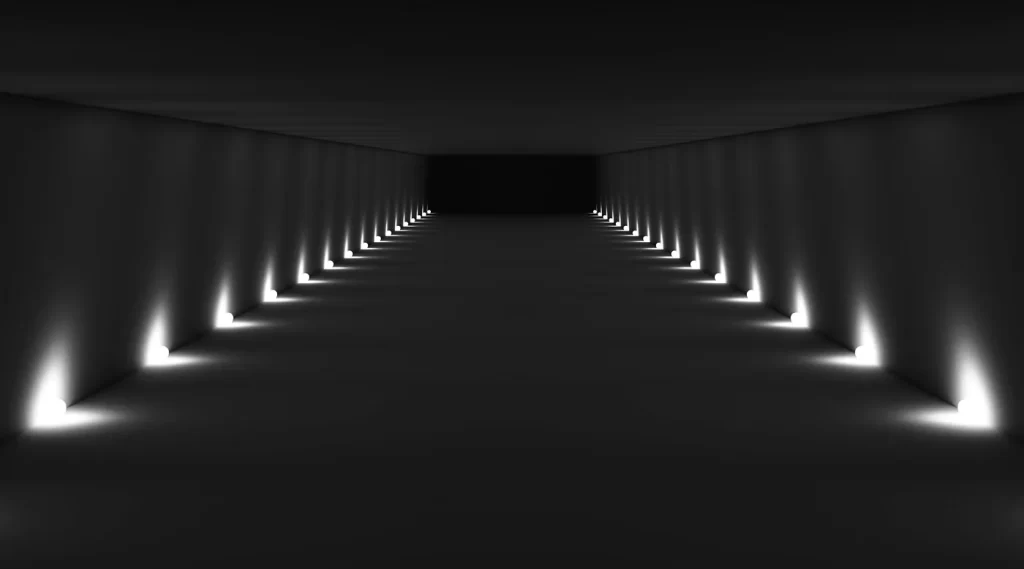The debate between Dark Mode and Light Mode in user experience (UX) design is ongoing and largely depends on user preferences, context, and the specific application or platform. There isn’t a one-size-fits-all answer, as both modes have their advantages and disadvantages. Let’s explore the key aspects of the Dark Mode vs. Light Mode debate:
1. User Preference:
- Dark Mode: Many users prefer Dark Mode because it reduces eye strain in low-light environments and can be easier on the eyes for extended periods of screen time.
- Light Mode: Some users find Light Mode more comfortable, especially in well-lit environments. It can also be the default mode for many applications and websites.
2. Accessibility:
- Dark Mode: Dark Mode can improve accessibility for individuals with certain visual impairments, such as light sensitivity or photophobia.
- Light Mode: Light Mode is generally more accessible for users with certain vision impairments, as it offers higher contrast and readability.
3. Battery Life:
- Dark Mode: On OLED and AMOLED screens, Dark Mode can save battery life, as individual pixels are turned off in dark areas of the screen.
- Light Mode: On LCD screens, there may not be a significant difference in battery consumption between Dark Mode and Light Mode.
4. Context and Environment:
- Dark Mode: Dark Mode is often preferred in low-light environments, such as at night or in dark rooms, to reduce glare and improve readability.
- Light Mode: Light Mode is more suitable for bright outdoor settings or well-lit workspaces.
5. Brand Identity and Aesthetics:
- Dark Mode: Some apps and websites adopt Dark Mode as part of their brand identity or to convey a sense of sophistication.
- Light Mode: Others prefer Light Mode for a clean and classic look, which aligns with their branding.
6. Readability and Content Type:
- Dark Mode: Dark backgrounds can make text and images pop, but they may not be ideal for all types of content, especially lengthy reading material.
- Light Mode: Light backgrounds provide high contrast and are generally better for reading large amounts of text.
7. User Customization:
- Dark Mode: Many applications and operating systems allow users to toggle between Dark Mode and Light Mode, giving them the freedom to choose.
- Light Mode: Similarly, some applications offer Light Mode for those who prefer it.
In conclusion, the Dark Mode vs. Light Mode debate is not settled because both have their merits and cater to different user needs and preferences. The best approach for UX design often involves offering users the option to choose their preferred mode, allowing for a more personalized experience. Additionally, considering the context and purpose of the application or website is crucial in making an informed decision about which mode to prioritize.


